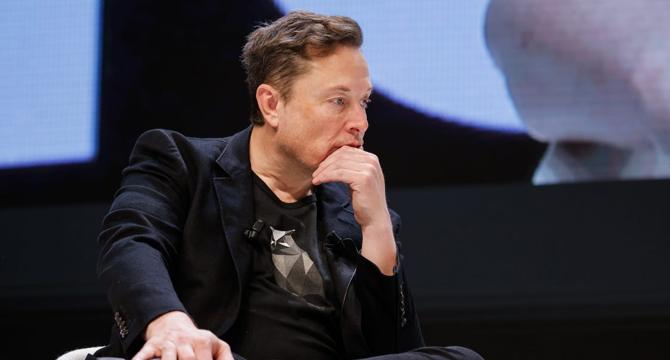Insider
3w
171

Image Credit: Insider
Tesla CEO Elon Musk has sold a compelling robotaxi vision. Execution is next.
- Tesla CEO Elon Musk predicts millions of autonomous Teslas on the road by the second half of 2026, but analysts express skepticism about the assumptions underlying the claims.
- Despite Waymo's operational robotaxi service, analysts recognize Tesla as a significant player in the autonomous vehicle race.
- Tesla's robotaxi vision includes lighter sensor stacks using only cameras, potential for rapid production of purpose-built robotaxis like the Cybercab, and enabling Tesla owners to convert their cars into autonomous chauffeurs.
- Tesla promises a lower-cost, more scalable, and intelligent robotaxi service than competitors, leveraging AI trained on vast real-world driving data.
- Challenges for Tesla include the lack of a robust operations arm for maintenance and fleet management, as well as limitations of relying solely on cameras compared to other sensor technologies like Lidar used by Waymo.
- The viability of Tesla's AI driver and the user experience for privately-owned robotaxis pose further hurdles for the company's robotaxi ambitions.
- Industry analysts highlight the significant capital investment required for companies in the robotaxi space, with winners likely to be determined by data access and funding capacity.
- Debates around the importance of data quality in self-driving technology and the emphasis on customer demand for seamless robotaxi services shape the competitive landscape of autonomous vehicles.
- Tesla's emphasis on safety in deploying robotaxis is seen as a critical factor for consumer adoption, with comparisons drawn between Tesla's disengagement rates and Waymo's autonomous driving performance.
- Analysts believe Tesla's success in the robotaxi market hinges on surpassing safety benchmarks and achieving significant milestones in autonomous driving capabilities.
- Tesla's June 2022 robotaxi launch, though limited initially, will be closely watched to assess the company's progress towards delivering on its autonomous vehicle promises.
Read Full Article
10 Likes
For uninterrupted reading, download the app